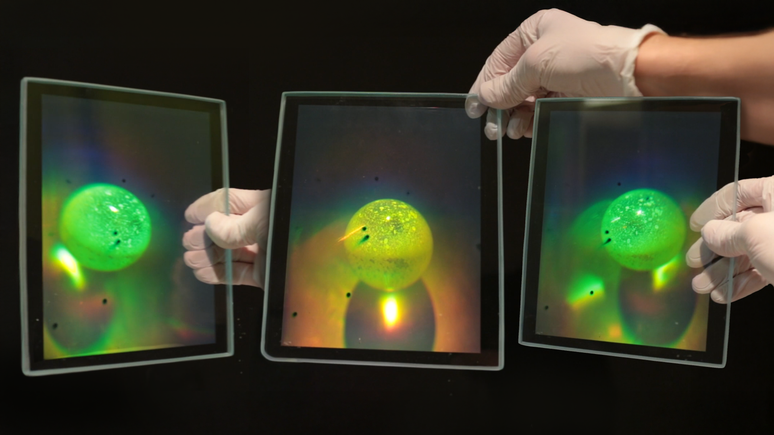The science of holograms earned its creator the Nobel Prize in Physics in 1971, and some people believe this is the best form of imaging to date.
The details of Martin Scorsese’s face enchanted him. Every pore of the skin. Every little strand of hair.
Hologram creator Martin Richardson had created six 3D images of the famous director. And one of them, with its seemingly infinite details, surprised him.
Looking at the depth of Scorsese’s features, Richardson had the impression that the director was once again in the room with him.
After spending hours studying the hologram, Richardson observed that he had even captured a tiny cloud of dust floating in the air between Scorsese and the viewer.
It was a perfect illusion, composed of light, a second captured for eternity.
“It’s an addictive medium,” Richardson said. He has been producing holograms for decades, gradually perfecting different methods.
He periodically pulls one of his favorites out of the archives to look at them one more time. “They send shivers down my spine,” he says.
Holograms are special. But to understand them it is important to recognize what they are not.
The fantastic projection of Princess Leia in Star Wars (1977), in the famous scene where he asks for help, he is not a hologram.
Nor the theatrical trick known as Pepper’s ghost (Pepper’s ghostin English), which allows, for example, translucent images of pop stars to be presented to the public.
Colliding waves
Holograms are 3D images produced by recording something known as an interference pattern, the fuzzy complexity that arises when two wavefronts meet.
You can create interference yourself by touching the surface of the water on a tray at two opposite points and watching the small waves collide. But the interference patterns generated by the reflection of light from a 3D object are much more complex.
Amazingly, when we capture a light interference pattern on a photographic plate or film, for example, and shine new light on it, we can recreate the original wavefront of light reflected by the captured object (or filmmaker) when we recorded its hologram.
It’s like a photograph reflecting light in 3D.
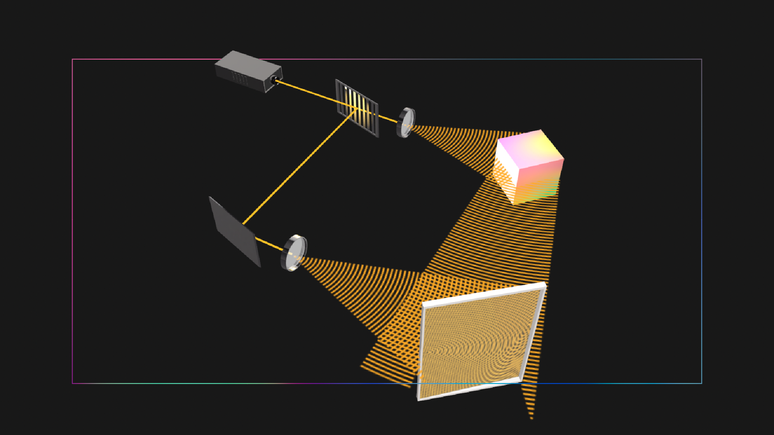
People use holography to create amazing works of art, study small defects in building materials, and even produce augmented reality glasses.
The history of holograms is a story of extraordinary creativity, but also, according to some, of broken promises.
Coherent light from lasers
In the 1940s, Hungarian-British physicist Dennis Gabor (1900-1979) was looking for a way to create detailed images of very small objects.
He was fascinated, for example, by electron microscopy, a Nobel Prize-winning technique that used electron beams instead of light. With them, scientists have produced images of, for example, microscopic hairs on the bodies of insects.
Gabor wanted to develop the technology, and the method he created is based on the essential principle of holography: it is possible to reconstruct a wavefront (i.e. the entire complexity of electronic or light waves reflected by an object).
Gabor demonstrated, at the time, that this was possible, but development was limited by the need for coherent wave sources, traveling with all their peaks and troughs aligned.
In the 1940s, electron beams were coherent, but coherent light emitters – lasers – would not appear until the 1960s.
Two researchers at the University of Michigan in the US have developed the concept of Gabor holography by leaps and bounds, using lasers to produce the first holograms that you and I can recognize as such, including a famous 3D image of a toy train.
They were the electrical engineer Emmett Leith and the physicist and inventor Juris Upatnieks.
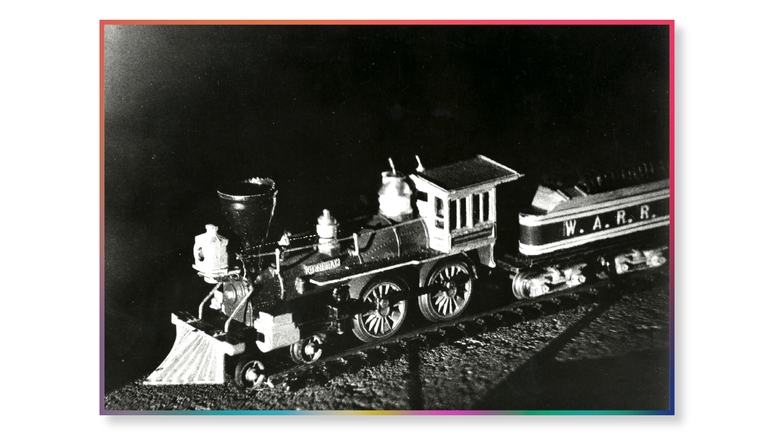
Other researchers also contributed to holography during the same period, but Gabor single-handedly won the Nobel Prize in Physics in 1971 for his work in this field. And the holograms continued to surprise and amaze people.
Canadian artist Natalie Logan recalls one of her first holography courses at university.
The professor had holograms, made using different techniques, all the result of Gabor’s original idea. They varied in depth and detail.
One of these depicted a toy soldier. It was so fascinating that Logan thought the teacher was playing a joke, showing the class a real 3D object to see if they could tell the difference.
“When I realized it was a flat sheet of glass, I was really surprised,” Logan recalls. He would later produce his own holograms.
His series of works Trapped light (“Captured Light”, in the free translation) presents colored holograms with strange and ethereal shapes.
“I see a hologram as a container,” he explains. “You are repeating what the light did at that moment.”
Order in chaos
Making a hologram is not easy.
“Oh my God, how many hours I put into this,” exclaims Claudette Abrams, another Canadian holographic artist.
There are several methods, but to produce a laser hologram of, for example, a toy dinosaur, the creator can use holographic film, a laser, a device for magnifying and another for splitting the rays.
With two expanded rays, the hologram creator projects one onto the dinosaur, while the other goes beyond the toy and remains pure. But the rays meet again on the recording film, creating interference.
The resulting interference pattern, captured on film, is like a perfect record of the peaks and valleys of light coming from the object. But to the human eye it would appear to be pure chaos.
If you shine a new laser light on a properly produced model reproduction, its details or ripples will diffract the light, causing it to bend in many directions.
This way, it will faithfully reproduce the wave front coming from the dinosaur during recording. Why?
Because you recorded not only the intensity of the light, but also its phase, or how the dinosaur affected the coherence of the light, specifically how the light waves stayed or went out of sync as they hit the toy from different directions. This is the secret of holography.
Abrams became interested in holograms as a way to grapple with notions of reality and observe “how many virtual realities there are,” he explains.
She had fun producing holograms of animals, freezing their expressions in time, for a series that explored how humans marginalize or monetize animals.
“We had birds flying everywhere,” he recalls. “They pooped on some optical instruments. It was a mess.”
Data storage solution?
In the 20th century, engineers harnessed technology to produce holographic recordings of materials.
If you wanted to find out whether a metal beam in a building had warped or bent over time, for example, you could create a hologram of it, wait a while, and then create a new hologram.
It would be enough to superimpose the two images to reveal the slightest change in shape, or the appearance of cracks or defects.
You can apply the same technique to everything from dental veneers even the turbine blades of jet engines.
But there are now many “simpler” alternatives, according to professor emeritus at the University of Glasgow in the UK, Sean Johnston. He is the author of the book Holographic visions: a history of the new science (“Holographic visions: a history of the new science”, in free translation).
In other words, so-called holographic interferometry is largely outdated.
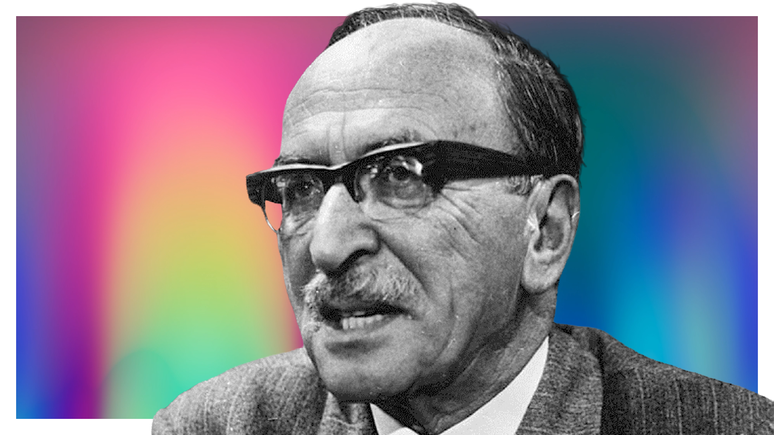
Another application of holography has also faced its failures.
Since holograms record much more information than photography, researchers have been testing the technique for advanced data storage for some time.
But Masud Mansuripur, of the University of Arizona, US, tells the story of InPhase, a company that intended to commercialize holographic data storage on sophisticated disks, but went bankrupt in 2010.
“The technology was great, but there was no way to compete in the market,” Mansuripur recalls. He explains that, around the same time, large solid-state drives appeared, which were much cheaper.
Holographic data storage may still find use in replacing magnetic tape storage, which is still used for applications involving large data files.
Perfect picture
Questions about the usefulness of holography date back to Gabor’s time. “It has been overhyped and overhyped since the beginning,” Johnston says.
The first impressive laser holograms, such as those produced by Leith and Upatnieks, were followed by the transmission of rainbow or patterned holograms.
These are the type of holograms you find on your credit card. They remain useful as security features, as it is difficult to copy a hologram and the incredible detail it contains.
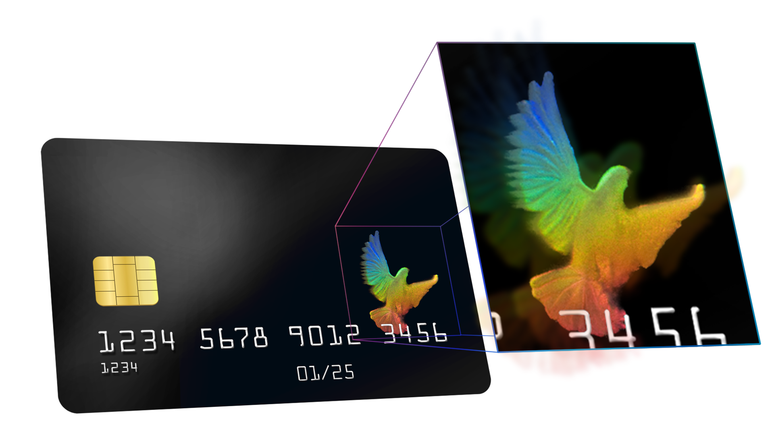
But of course this isn’t a particularly spectacular use of the technology.
Johnston wrote that as time went on, holograms were “relegated to children’s sticker books”.
However, research into the principles of holography continues. Augmented reality glasses, for example, use holographic optical elements (HOE).
These elements create vivid 3D images in a person’s field of vision through the diffraction of light, similar to a hologram. This technology has helped make augmented reality devices smaller and more impressive.
“You can overlay an image on the real world,” Mansuripur points out.
It may be a matter of opinion whether or not holography managed to live up to expectations. Martin Richardson, for example, disputes Johnston’s concept.
But no matter what, there will always be amazingly detailed holograms that people who were lucky enough to observe them will never forget.
Johnston, for example, has a favorite: Lucy in the Tin Hat, a holographic portrait of a woman wearing large, sparkly earrings and a strange, pointed hat.
Holograms like this are windows that allow us to observe the real object, according to Johnston. And when they’re very good, they’re “the closest thing to the most perfect picture ever produced.”
This report was created in co-production between the Nobel Prize Institution for Awareness and the BBC.
Source: Terra
Rose James is a Gossipify movie and series reviewer known for her in-depth analysis and unique perspective on the latest releases. With a background in film studies, she provides engaging and informative reviews, and keeps readers up to date with industry trends and emerging talents.

